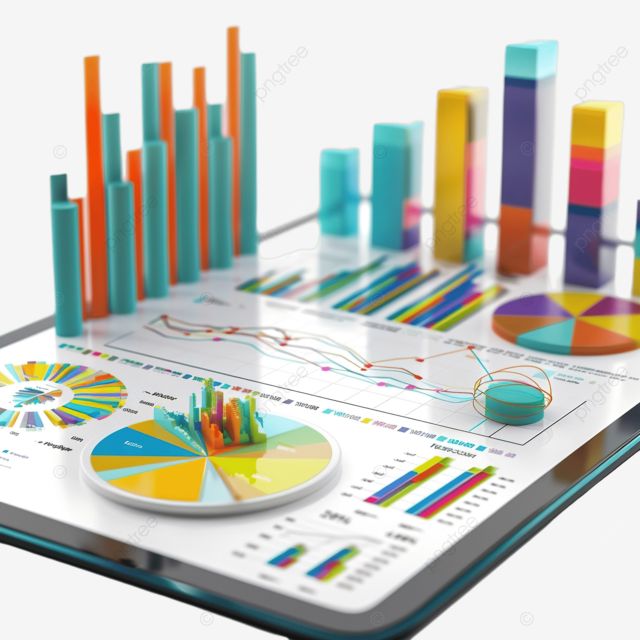The distinction between business analytics and data analytics might seem like corporate jargon at first glance, but these terms represent fundamentally different approaches to working with data. While both involve analyzing information to drive decisions, they differ significantly in scope, methodology, and organizational impact. Understanding these differences is crucial for anyone building a data career or implementing analytics strategies.
The Strategic vs Tactical Orientation

Business analytics operates at a strategic level, focusing on broad organizational questions and long-term decision-making. Business analysts work on problems like market expansion opportunities, competitive positioning, operational efficiency improvements, and strategic planning. They’re asking questions like “Should we enter this new market?” or “How can we restructure our operations to improve profitability?”

Data analytics tends to be more tactical and operational, focusing on specific metrics, performance indicators, and immediate problems. Data analysts work on questions like “Why did website conversions drop last month?” or “Which customer segments are most profitable?” The scope is typically narrower and more focused on measurable outcomes.
The Business Context Integration
Business analytics requires deep integration with business strategy and operations. Business analysts need to understand market dynamics, competitive landscapes, regulatory environments, and strategic objectives. They’re expected to provide recommendations that consider factors beyond just what the data shows → including market timing, organizational capabilities, and strategic fit.
Data analytics focuses primarily on extracting insights from the data itself. While business context is important, data analysts typically work within defined parameters and don’t need to consider broader strategic implications. They’re more concerned with data quality, statistical validity, and accurate measurement than with strategic positioning.
Problem Definition and Scope
Business analytics often involves defining the problem itself. Business analysts work with executives and department heads to identify strategic challenges, frame analytical questions, and determine what success looks like. They might spend significant time understanding the business context before any data analysis begins.
Data analytics typically starts with predefined questions or metrics to investigate. Data analysts receive requirements from business stakeholders and focus on finding answers using available data. The problems are usually well-scoped, and the analytical approach is more straightforward.
Methodology and Approach
Business analytics employs a broader toolkit that extends beyond quantitative analysis. Business analysts use frameworks like SWOT analysis, Porter’s Five Forces, market research, competitive intelligence, and strategic planning methodologies. Quantitative analysis is important, but it’s combined with qualitative insights and strategic thinking.
Data analytics relies heavily on statistical methods, data mining, and quantitative techniques. Data analysts use statistical software, database queries, and analytical tools to examine data patterns, test hypotheses, and measure performance. The approach is more scientifically rigorous but narrower in scope.
Skills and Background Requirements
Business Analytics typically requires:
- MBA or business-focused education
- Strategic thinking and business acumen
- Industry knowledge and market understanding
- Financial analysis and business modeling skills
- Project management and stakeholder management
- Presentation and communication skills for executive audiences
Data Analytics typically requires:
- Technical education in statistics, mathematics, or related fields
- Programming skills (SQL, Python, R)
- Statistical analysis and data visualization expertise
- Database management and data manipulation
- Technical documentation and reporting skills
- Proficiency with analytical tools and platforms like Power BI
Organizational Position and Influence
Business analysts often work directly with senior leadership and have a significant influence on strategic decisions. They might report to C-level executives, work on board presentations, and participate in strategic planning processes. Their recommendations can affect entire business units or company direction.
Data analysts typically work within specific departments or functions, reporting to managers or directors. While their insights are valuable, they usually inform tactical decisions rather than strategic direction. The scope of influence is generally more limited but still important for operational effectiveness.
Time Horizons and Impact
Business analytics focuses on longer-term trends and strategic implications. Projects might span months or quarters, and the impact of recommendations might not be measurable for years. Business analysts work on initiatives that shape the organization’s future direction and competitive position.
Data analytics often deals with shorter time horizons and more immediate results. Analysis might be completed in days or weeks, and the impact is typically measurable within months. Data analysts help optimize current operations and improve existing processes.
Data Usage Patterns
Business analysts use data as one input among many in their decision-making process. They combine quantitative analysis with market research, competitive intelligence, industry reports, and strategic frameworks. The data supports broader business arguments rather than being the primary focus.
Data analysts treat data as the primary source of truth and focus on ensuring its accuracy, completeness, and proper interpretation. They’re concerned with data quality, statistical significance, and methodological rigor. The data drives the conclusions rather than supporting them.
Communication and Deliverables
Business analytics deliverables are typically strategic documents like market assessments, business cases, strategic recommendations, and executive presentations. The communication style is business-focused, emphasizing implications and recommendations rather than technical details.
Data analytics produces reports, dashboards, statistical analyses, and performance metrics. The communication is more technical and data-focused, though it still needs to be accessible to business stakeholders. The emphasis is on accuracy and clear presentation of findings.
Industry Applications
| Industry Focus | Business Analytics | Data Analytics |
| Retail | Market expansion strategy | Sales performance analysis |
| Finance | Investment strategy | Risk measurement |
| Healthcare | Service line development | Patient outcome metrics |
| Technology | Product portfolio strategy | User behavior analysis |
| Manufacturing | Supply chain optimization | Production efficiency |
Career Progression Paths
Business analytics careers often progress toward general management, strategy roles, or C-suite positions. Senior business analysts might become strategy directors, business development leaders, or eventually CEOs. The path emphasizes leadership and strategic thinking skills.
Data analytics careers typically progress toward technical leadership, specialized expertise, or analytics management. Senior data analysts might become analytics managers, data scientists, or chief data officers. The progression emphasizes technical depth and analytical expertise.
When Organizations Need Each Role
Business Analytics is crucial when organizations need:
- Strategic planning and competitive positioning
- Market entry or expansion decisions
- Business model optimization
- Performance improvement initiatives
- Merger and acquisition analysis
- Long-term planning and forecasting
Data Analytics is essential when organizations need:
- Performance monitoring and KPI tracking
- Operational efficiency improvements
- Customer behavior insights
- Product performance analysis
- Marketing campaign optimization
- Quality control and process improvement
The Integration Imperative
The most effective organizations don’t treat business analytics and data analytics as separate silos. Strategic business decisions need to be grounded in solid data analysis, while data insights need strategic context to drive meaningful action.
Leading companies create workflows where data analysts provide the technical foundation and measurement capabilities that business analysts need for strategic recommendations. Similarly, business analysts provide context and strategic direction that helps data analysts focus their efforts on the most impactful questions.
Building Complementary Teams
Organizations benefit from having both skill sets represented in their analytical capabilities. Business analysts ensure that data analysis efforts align with strategic priorities and that insights translate into actionable business strategies. Data analysts ensure that business strategies are based on solid evidence and that implementation can be measured effectively.
The key is creating collaboration between these roles rather than treating them as competing approaches. Business analytics without a solid data foundation leads to strategies based on assumptions. Data analytics without business context leads to insights that don’t drive meaningful action.
Choosing Your Path
If you’re considering a career in either field, think about whether you’re more energized by strategic thinking or technical analysis. Business analytics suits people who enjoy working with senior stakeholders, thinking about market dynamics, and making recommendations that shape organizational direction. Data analytics appeals to people who enjoy working with data directly, solving technical problems, and providing precise measurements and insights.
Both paths offer excellent career prospects, but they require different skill development strategies and appeal to different professional interests. The choice depends on whether you see yourself as a strategic advisor who uses data to support business arguments or as a data expert who provides technical insights to inform business decisions.
Understanding these distinctions will help you make better career choices, build more effective teams, and ensure your organization has the right analytical capabilities to support both strategic planning and operational excellence.